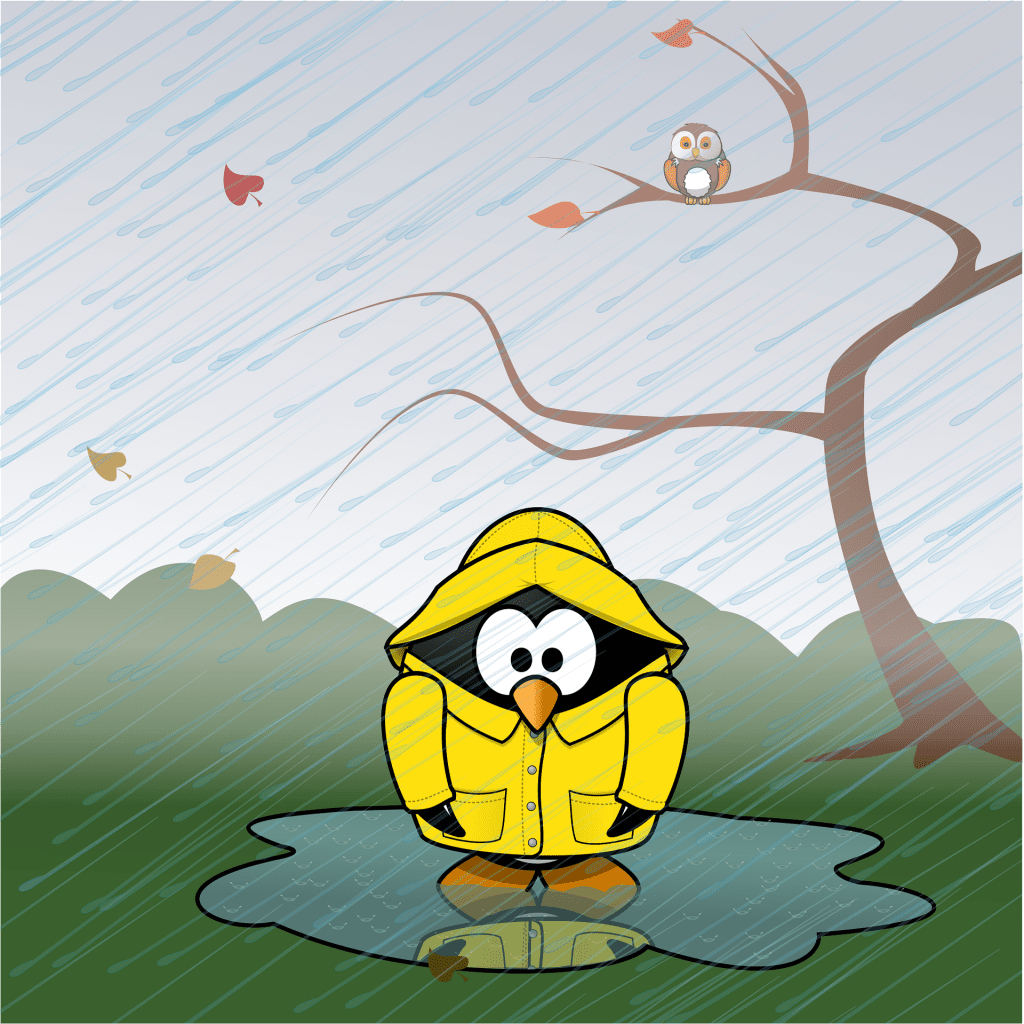ALL OF US HAVE bad days. Days when everything goes wrong. We wake up late for office. Drop runny egg yolk on an off-white shirt at breakfast. Find the car fuel meter showing empty. Get fined by the cops for an expired pollution certificate. Reach late for the weekly meeting with the super boss. Bungle at the meeting. Shout at subordinates. Fail to meet deadlines. And have a rowdy auto-rickshaw crash into our sleek Hyundai Elantra on the drive home.
So, what happens on such a day? Why do so many things go wrong one after the other? Is it karma? Why is it so tough to take control and keep calm when it happens?

Storm in hermitage
In his book At Home in the World, Vietnamese spiritual teacher Thich Nhat Hanh likens such a day to a raging storm. He goes on to talk of a sunny day in the mid-Eighties when he was on a solo retreat at the Sweet Potato Community in a forest in northern France. Since it was a lovely morning, he decided to go for a long walk in the woods. He packed some lunch, threw open the windows of his hermitage to let the sun in, left the door open and set out.
All was good till 3pm, when dark storm clouds started gathering in the sky. Gusting winds began to blow. Thunder started rumbling. Thay, as disciples call the monk, realised that his happy hours in the woods were over. If he did not rush back to the hermitage, the winds would wreak havoc with his belongings.
Block the wind
Back at the hermitage, the first thing Thay did was close the windows and lock the door. That shut out the wind, which had already thrown things into disarray. He then made a fire in the fireplace to make his room cosy and warm. That done, he began to pick up from the floor strewn sheets of paper on which he had done his writing. He stacked them neatly on the table, holding them down with a small brick. Then he tidied up the rest of the room. Finally, he sat by the fire, warmed his hands, listened to the rhythm of the wind and the rain and collected his thoughts.

Nine steps to calm down
Thay suggests that when things go serially wrong on a bad day, one should proceed step by step – somewhat like he did in his hermitage during the storm. That would be the easiest way to regain composure and keep calm.
Take the following steps, one at a time:
(i) Stop: If you find that the harder you try, the worse things are getting, you should simply stop doing anything;
(ii) Retreat: Retire to a quiet place (go home, if possible), so you can take refuge in yourself;
(iii) Shut out: Shut all the doors and windows to your mind and body so the raging winds cannot enter and disturb you. The doors and windows, in this case, are our sense organs such as the eyes, ears and nose.
(iv) Breathe: Create an atmosphere of warmth and comfort within yourself by practising mindful breathing. This is the equivalent of making a fire in the fireplace;
(v) Regroup: Start clearing the mess within. Gather your emotions, feelings and thoughts as though they were sheets of paper strewn on the hermitage floor;
(vi) Re-arrange: Embrace and re-arrange them to resemble the neat paper stack on the table;
(vii) Take control: Keep breathing mindfully and concentrating till you feel your mind is in your control. Take as long as you want;
(viii) Re-engage: Once you feel strong and peaceful, step out of your cocoon and re-engage with the world;
(ix) Hold on: Last but not the least, keep calm and carry on.

Island of self
According to Thay: “Everyone has days like that. That’s when it’s time to stop everything, go home, and to take refuge in yourself…. If we rely only on external conditions, we will get lost. We need a refuge we can always rely on, and that is the island of self. Firmly established on our inner island, we’re very safe. We can take time to recover and restore ourselves, and become stronger, until we’re ready to go out again….”
Did you know?
The tag-line ‘Keep calm and carry on’ that is freely bandied about nowadays was originally one of three motivational posters put out by the British government in 1939 ahead of World War II. It was aimed at keeping up the morale of the British people in the event of the mass bombing of major cities and the use of poison gas during the war. The tag-line of the other two posters were ‘Freedom is in peril/ Defend it with all your might’ and ‘Your courage/ Your cheerfulness/ Your resolution/ Will bring us victory’.
